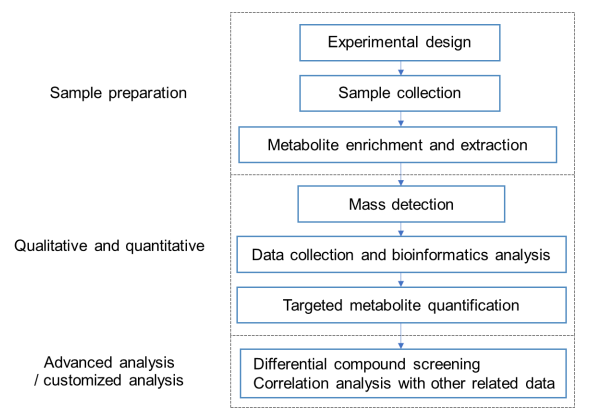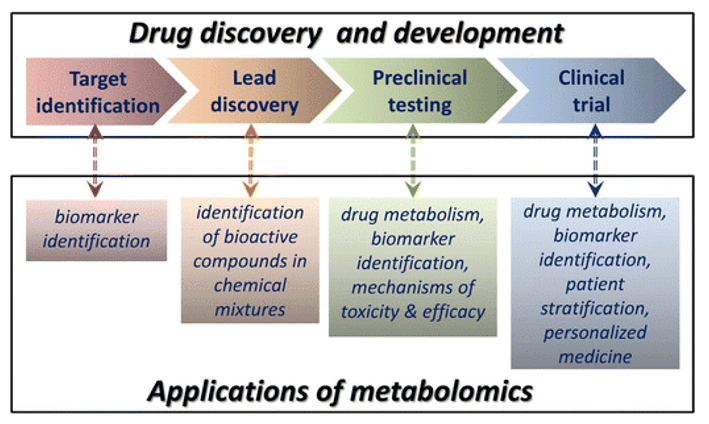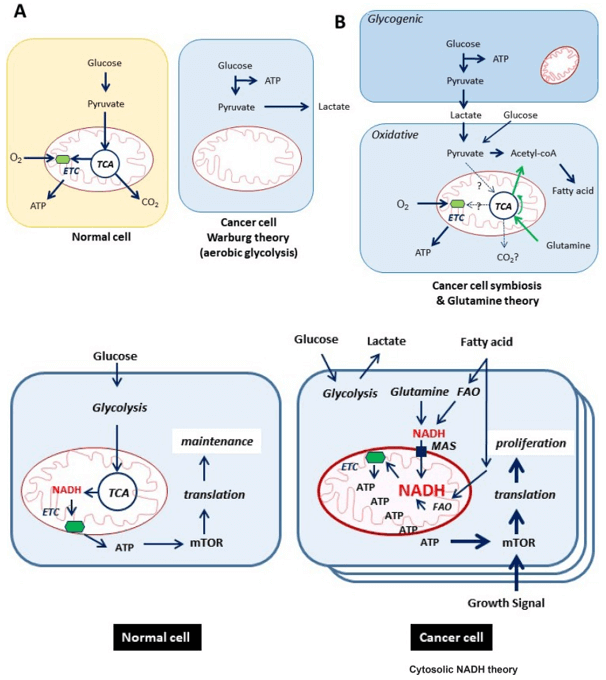Glycerolipid Analysis Service
Submit Your InquiryThe glycerolipids are a large group of biological lipids with physiological roles in membrane formation, caloric storage, and crucial intracellular signaling processes. It is also the most abundant lipid in plants. The species include phospholipids, glycolipids, lipids and extracellular lipids. These lipids are constructed upon an sn-lycerol-3-phosphate backbone scaffold by the attachment of long-chain acyl and alkyl groups, and a collection of polar alcohols. Phosphatidic acid is a central intermediate that is metabolized to either cytidine 5'-diphosphate-diacylglycerol for the synthesis of anionic lipids, or diacylglycerol for the synthesis of zwitterionic and uncharged lipids. The final acyl constituents present in different glycerolipid classes are defined by dynamic remodeling reactions. Therefore, any enzymes in these steps will interfere with glycerolipid metabolism and lead to various human diseases like glycerol kinase deficiency and hyperlipoproteinemia. Knowing the abnormal glycerolipid metabolism contribute to unravelling the underlying mechanism behind human diseases.
Creative Proteomics has developed normal phase LC/MS and LC/MS/MS analytical methods to identify glycerolipids and glycerolipid subclasses.
The Main Applications of Glycerolipid Metabolism Service
Service Workflow

List of Partial Detectable Metabolites at Creative Proteomics
- Glycerolipids:
| Monoradylglycerols | Monoacylglycerols (MAG), Monoalkylglycerols, Mono-(1Z-alkenyl)-glycerols |
| Diradylglycerols | Diacylglycerols (DAG), 1-Alkyl,2-acylglycerols, 1-Acyl,2-alkylglycerols, Dialkylglycerols, 1Z-Alkenylacylglycerols, Di-glycerol tetraethers, Di-glycerol tetraether Glycans |
| Triradylglycerols | Triacylglycerols (TAG), Alkyldiacylglycerols, Dialkylmonoacylglycerols, 1Z-Alkenyldiacylglycerols, Estolides |
| Glycosylmonoradylglycerols | Glycosylmonoacylglycerols, Glycosylmonoalkylglycerols |
| Glycosyldiradylglycerols | Glycosyldiacylglycerols, Glycosylalkylacylglycerols, Glycosyldialkylglycerols |
- Glycerolipid metabolism related metabolites:
| 1-Acyl-sn-glycerol 3-phosphate | D-Galactosyldiacylglycerol | Glyceraldehyde-3-phosphate | Glycerol-3-phosphate | 1,2-Diacyl-3-alpha-D-glucosyl-sn-glycerol |
| 3-D-Glucosyl-1,2-diacylglycerol | 1,2-Diacyl-sn-glycerol | Phosphatidic acid |
Sample Requirements
- Blood/plasma: 500ul/sample
- Urine: 1ml/sample
- Tissue: 200mg/sample
- Cells: 1x107/sample
- Feces: 500mg/sample
Shipment condition: dry ice
We can also accept other types of samples. To ensure sample accuracy and reduce systematic errors in the sampling process, it is necessary to select more than 3 materials of the same conditions for each sample. Please contact our technical staff for specific testing requirements.
Report Delivery
- Experimental procedures
- The parameters of liquid chromatograph and mass spectrometer
- Purity analysis report
- MS raw data files and MS data quality inspection
- Absolute quantitative analysis data
Creative Proteomics is pleased to assist you with the identification and quantitative analysis of glycerolipids to assist in your research. If you would like additional information or need to analyze other compounds, please contact us.
References
- Huq A H, Lovell R S, Ou C N, et al. X-linked glycerol kinase deficiency in the mouse leads to growth retardation, altered fat metabolism, autonomous glucocorticoid secretion and neonatal death. Hum Mol Genet. 1997.6:1803-1809.
- Murthy V, Julien P, Gagne C. Molecular pathobiology of the human lipoprotein lipase gene. Pharmacol Ther. 1996.70:101-135.







